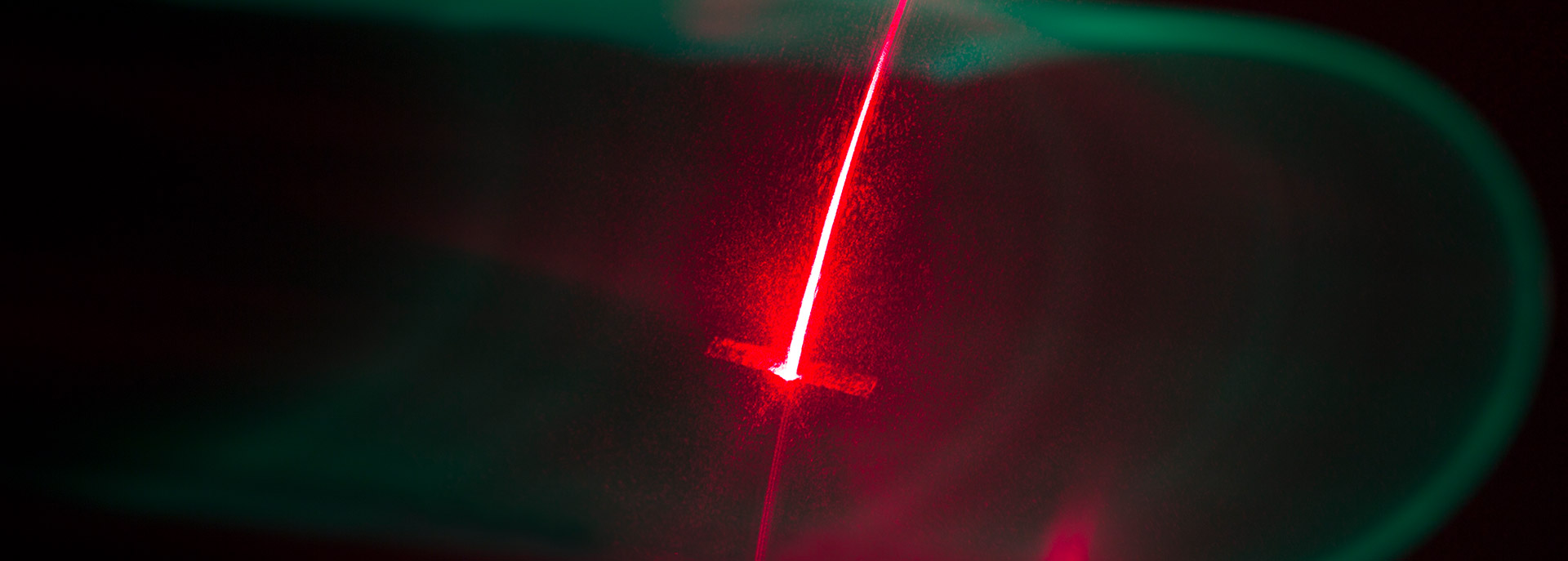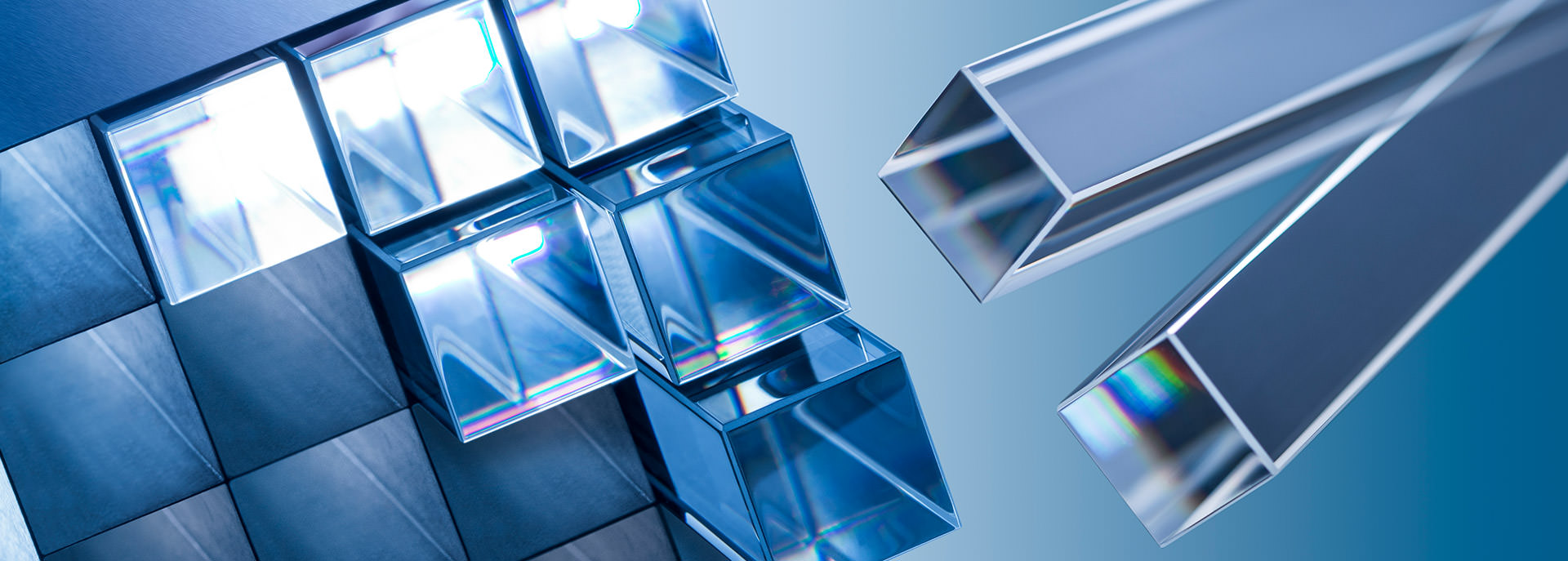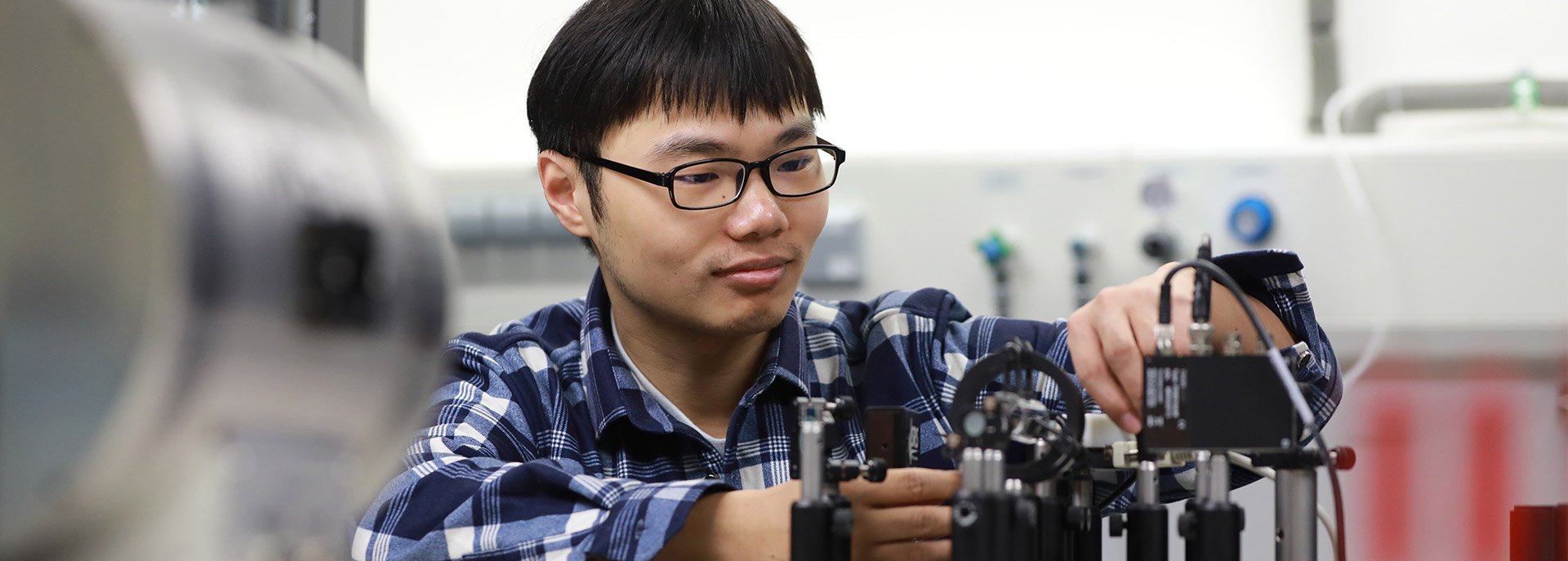LOWDASA: Low-mass particles of the dark sector at accelerators
Principal Investigators:
A. Denig (Helmholtz Institute Mainz; PRISMA Cluster of Excellence and Institute of Nuclear Physics, Johannes Gutenberg University Mainz),
P. Achenbach (PRISMA Cluster of Excellence and Institute of Nuclear Physics, Johannes Gutenberg University Mainz),
H. Merkel (PRISMA Cluster of Excellence and Institute of Nuclear Physics, Johannes Gutenberg University Mainz)
Research:
LOWDASA is concerned with the search for low-mass Dark Matter particles at the new electron accelerator MESA, which is currently developed at the Institute of Nuclear Physics, Johannes Gutenberg University Mainz.
At MESA, two complementary approaches can be envisaged:
- Indirect Search: The invisible decay of the Dark Photon leads to large missing mass in the event signature. The high-resolution MAGIX spectrometers at MESA have the potential to resolve precisely such a signature, which will be an indirect indication for an invisible Dark Photon decay into Dark Matter.
- Direct Search: Due to the high intensity of the MESA electron beam a large amount of electrons will be stopped in the beam dump. In case that the Dark Photon couples to the electrons, pairs of Dark Matter particles will be produced promptly in the dump. This opens the avenue to search for the Dark Matter particle directly in a dedicated experiment behind the dump. Similar to underground Dark Matter experiments looking for cosmic Dark Matter particles, the recoil of the Dark Matter particle with the nuclei of the detector material will be used for the direct search


